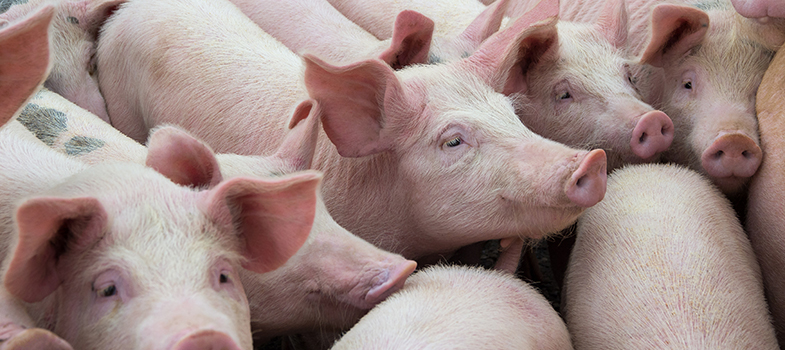2.2 Types of human exposure to antimicrobials and resistant bacteria originating from animal systems
Human exposure to antimicrobials leads to selection for resistant bacteria in humans. Humans can be exposed to resistant bacteria, ARGs and antimicrobials in three main ways, as discussed below.
Transmission by direct contact: occupational and recreational
Resistant bacteria can be transmitted to humans by direct contact with animals or animal products. Some occupations are at higher risk of exposure if appropriate biosecurity, hygiene and control measures are not followed. People at risk of occupational exposure include farmers, who might be exposed to antimicrobials when administering them to animals, and also abattoir workers.
Transmission of resistant bacteria can also occur by direct contact during recreational activities between humans and animals. Studies have shown that pets can be reservoirs for resistant bacteria, including methicillin-resistant Staphylococcus aureus (MRSA) and multidrug-resistant E. coli and Salmonella.
Consumption of foods of animal origin: foodborne transmission
Foods of animal origin such as meat, fish, eggs and milk can contain pathogenic and commensal resistant bacteria, or residues.
If food safety guidelines are not properly followed during food chain processes, animal products can be contaminated with resistant bacteria from other products, or from workers with resistant bacteria. Also, if animal products are not stored properly, bacteria (resistant or not) can multiply. Consumers of these products will then be exposed to resistant (and non-resistant) bacteria that can be transmitted by food unless properly cooked. If the withdrawal period has not been followed, humans could be exposed to antimicrobial residues in food, which might select for resistant gut bacteria.
Environment: waterborne and indirect transmission
Resistant bacteria, ARGs and antimicrobial residues from food animal producing systems can contaminate water courses through animal waste, wastewater, sediments, manure or sewage water. Soil may also be contaminated by animal manure or aquaculture pond sediments. Waste from companion animals and wildlife can also contaminate watercourses and soil. Humans can then be exposed by contact with the contaminated water or soil, for example by swimming or drinking the water.
2.1.2 Different types of bacteria and their roles in AMR emergence



